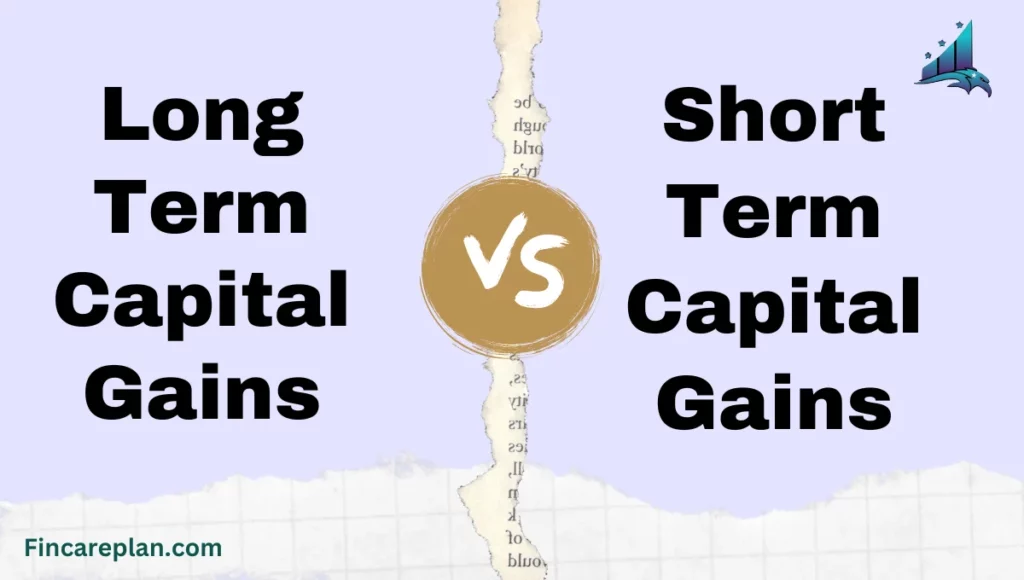Table of Contents
ToggleUnderstanding the key differences between LTCG and STCG is essential to file an income tax return. These terms are generally used to specify the length of period that you held the assets before being sold.
The type of assets may include bonds, gold, shares, debentures, real estate, and related things. A capital asset owned by the individual might be anything regardless of their businesses.
Long Term Capital Gains (LTCG) refer to the profit earned through long-term investments that may be above 12 months. However, Short Term Capital Gains (STCG) are profits earned in short-term investments and they may less than a year.
To know the differences between long term and short term capital assets in detail, give a read to this article.
What Are Long Term Capital Gains?
Long Term Capital Gains are selling the assets at the end of the holding period. Any financial assets in LTCG might be movable or immovable the selling will occur after 1 year. If it is an immovable asset, the holding period is approximately above 2 or more years whereas the movable becomes after 3 years.
The potential advantage of long term capital gain is favorable tax treatment results in good tax savings comparatively than short term gains. This type of investment is commonly aligned with funding education expenses, retirement planning, or a certain sum of money for the future.
What Are Short Term Capital Gains?
Unlike long term capital gain, investors can earn a certain amount of profit in typically less than a year in short term capital gain. This type of capital gain comes under the ordinary income tax rates, which is significantly higher than the long term capital gain.
Though it is a quick profit-taking strategy, investors are highly exposure to higher volatility and higher tax rates.
Difference Between Long Term and Short Term Capital Gains
The timeline of assets that we hold before a sale is named the holding period that determines the actual nature of capital gains. The impact associated with the length of time uncovers the state of investors. So, gaining knowledge of STCG and LTCG is important before start investing.
| Parameters | Long Term Capital Gains | Short Term Capital Gains |
|---|---|---|
| Time Duration | More than 1 year for equity assets. | Less than 1 year for equity assets. |
| Means | The capital gain that one can sale the assets after a long holding time is a long term capital gain. | The capital profit one earns on selling the assets within a quick holding period is short term capital gains. |
| Tax Rate | The income tax rate is 10% if the capital exceeds 1 lakh. | 15% of tax rate. |
| Benefit | Indexation for non-equity assets. | No indexation. |
| Hybrid debt-oriented funds | 20% (includes the benefit of indexation). | According to the investor’s tax slab. |
FAQs
-
How are LTCG and STCG Taxed Differently?
Short term gain taxes are paid as your ordinary income tax rate similar to wages from the job. Long term capital gain tax is applicable only when the assets are held for more than a year and it mostly depends upon the individual’s income.
-
What is the Holding Period for Qualifying as LTCG and STCG in the Stock Market?
The equities of long term gains are more than 12 months or 1 year. If the equities are applicable before a year, it is short term capital gains.
-
Is Long-Term Capital Gain Taxable?
The long term capital gains tax rate depends upon your income and filing status and it may generally include 0%, 15% or 20%. The tax rate of LTCG is lower than the short term gain.
Bottomline
Investors are advised to understand the risk appetite and financial scenario associated with capital gains before planning to invest. This will help you to make informed decisions. Hope, this article answers all your questions regarding long term capital gain vs short term capital gain. So that you can plan your investment in a better manner.
